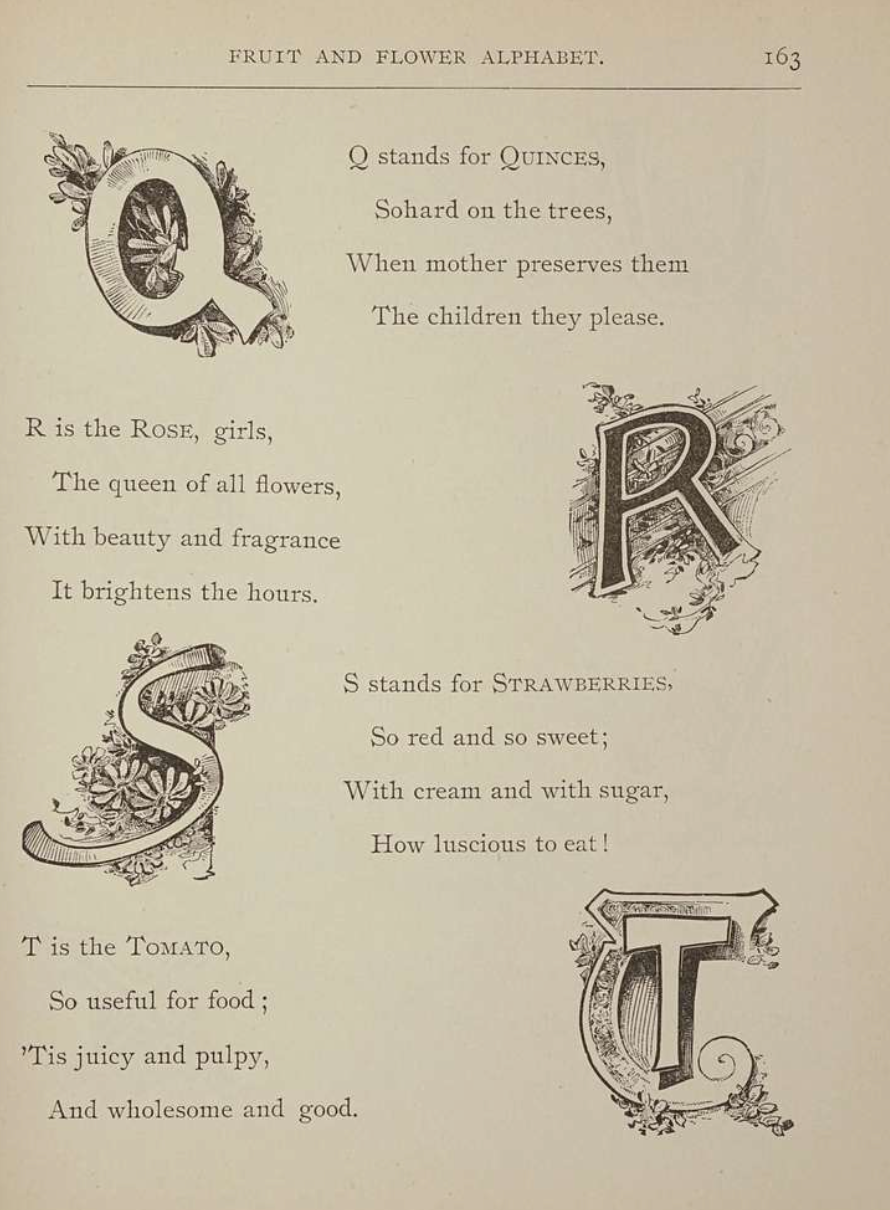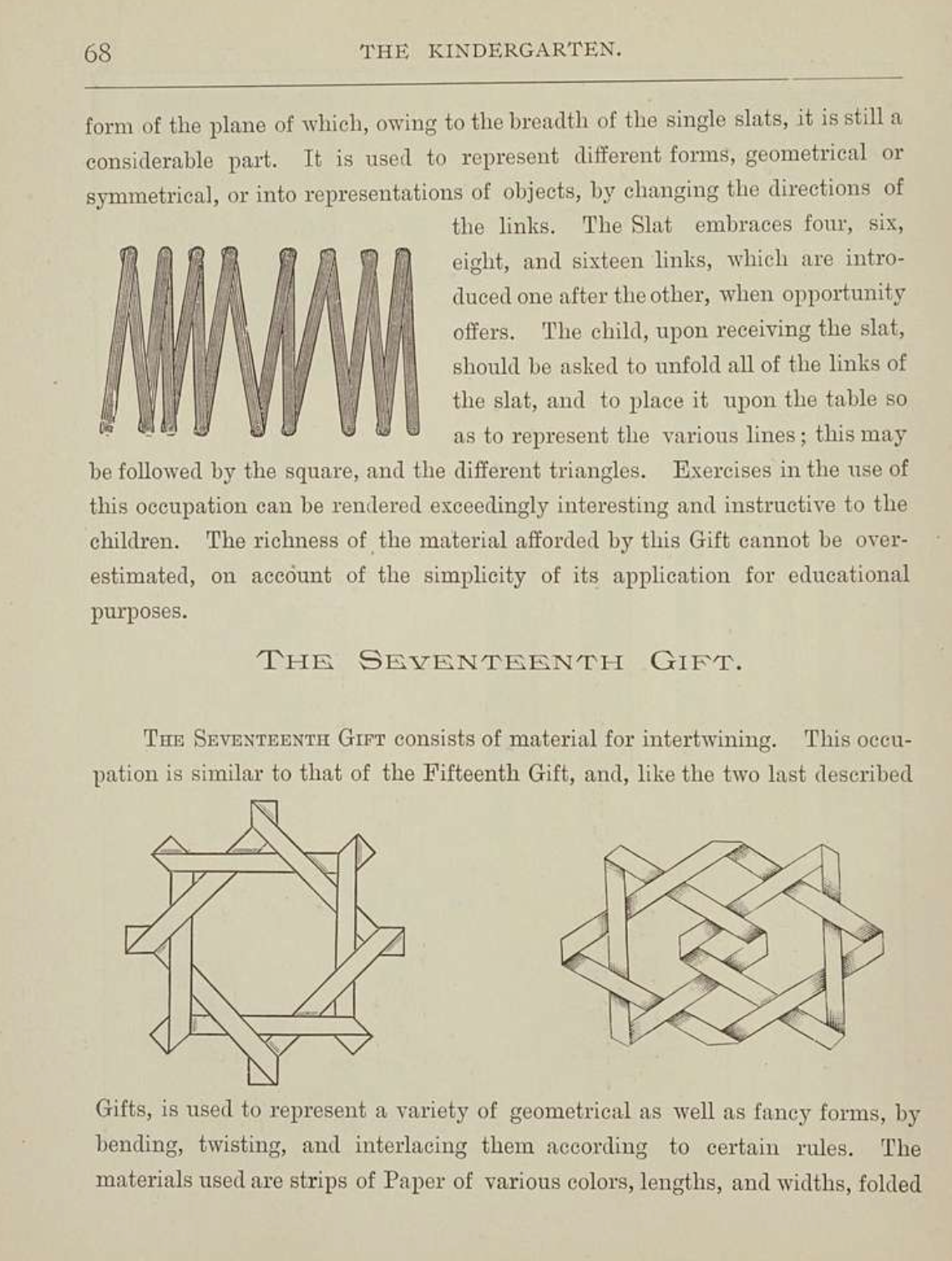EdTech: Tool, Toy, or Gimmick?

Can’t decide? It might seem strange, but an 18th Century German Educator Can Help You Choose EdTech Resources for Your Classroom.
In the late 1700s, Fredrich Froebel took a crooked yet determined path through various trades, including forestry, natural sciences, crystallography, administration, and architecture. This path eventually traversed a classroom. Even if you are unfamiliar with Froebel, you may have unknowingly benefitted from his work; his most enduring legacy is the creation of Kindergarten. Froebel envisaged Kindergarten as a “garden of children” where they may learn, grow, and thrive. Froebel’s eclectic experiences and unique insights into the developmental needs of children also led him to design a set of educational manipulatives, which he called Gifts, and a series of modes of doing, which he termed Occupations. If given the proper support and encouragement, Froebel conceived of children as “self-creative” beings, alive with a motive force toward creativity and sociability.

Education technology (also written as edtech) is one of the fastest-growing industries worldwide, attracting 500 million US dollars in venture capital in 2010 and swelling to a projected $452.4 billion by 2028. The downward pressure of this enormous industry means that educators must choose from an unprecedented array of educational technology, including computational devices (e.g., iPads, Chromebooks), software/apps, building materials, and physical manipulatives. However, the glut of such resources and competing (and often contradictory) educational philosophies can confuse educators. Classroom teachers, school leaders, and district administrators face the difficult task of parsing which tools will best serve their students — and which might be gimmicky or ineffective and waste crucial funds. This choice is a classic signal-to-noise problem, a concept engineers use to compare levels of desirable signal to undesirable background noise.
Froebel developed his Gifts to introduce children to phenomena and patterns found in the natural world, develop cognitive and social skills, and synthesize knowledge from their own experiences. Froebel created ten Gifts in five categories: solids, surfaces, lines, rings, and points. Designed to span infancy through five years old, Solids consist of knit balls, wooden platonic solids, and blocks. Froebel’s Surfaces help students conceptualize subdivided solids. Lines consist of splints or sticks of various lengths meant to represent the edges of solids, and toruses of different diameters and colors make up the ring category. Points represent vertices and initially took the form of soaked peas or other malleable spheres. Students combine lines and points to create geometric solids and different three-dimensional shapes.
Froebel’s Occupations were methods by which a child might apply what they had discovered with the Gifts. Modern usage of the word occupation causes confusion in this context, but the language of the popular Understanding by Design (UbD) educational framework can be helpful. One UbD goal is the “transfer of learning,” characterized by students’ ability to generalize and apply what they have learned. The brilliance of Froebel’s Occupations is they allow a child to synthesize connections and form a gestalt of the experiences provided by the first ten Gifts, echoing UbD principles. The ten Occupations relate directly to the ten Gifts. For example, a teacher can prompt a student to reflect on what they discovered while exploring the Fourth Gift (eight one-inch square cubes and form a larger, 2x2x2 inch cube) as it relates to the Tenth Gift, a set of peas soaked in water (points, the Ninth Gift) and splints (the Eighth Gift). Today, students engage in these evergreen activities using miniature marshmallows and toothpicks, which help students understand critical aspects of today’s virtual worlds. For example, to create three-dimensional computer graphics models used in games, movies, simulations, and television programs, the 3D model is subdivided into vertices, edges, and faces, forming a tessellation of connected triangles. The final Occupation is a block of clay or soft wax, with which a student may create in a genuinely free-form and open-ended manner.

Three fundamental tenets of Froebel’s philosophy are helpful when selecting which education technology tools to incorporate into the curriculum and which to omit. These three tenets form a simple framework for decision-making:
Free-flow play
Tina Bruce (1991) coined “free-flow play” to describe children’s type of play for effective learning. She articulated twelve aspects of free-flow play, seven of which must be present to give children the proper opportunity for the most effective outcomes. Among the twelve, several are critical:
• The child is free to explore, using their own experiences and applying mastery and skills they have developed where and when they see fit.
• There is no fixed or predetermined ending; myriad endings and branchings exist; the child solely determines the course of play.
• Play is intrinsically motivated. Play is a natural activity of human beings. While teachers cannot initiate play, teachers can tailor the environment and circumstances to facilitate its beginning.
• Play is an activity of natural integration, in which children may incorporate many ideas and concepts into new knowledge and ways of being. Rather than simply applying and integrating activities termed “academic” by educators, students are free to unite concepts of logic, creativity, sociability, and pure imagination.
Opportunities to Develop Spatial Reasoning
Visualizing three-dimensional forms and systems and their inherent makeup is another crucial characteristic of effective education technology tools. Further, the ability to decompose (take apart) and compose (reassemble) are two desirable modes of imagining that progression through Froebel’s Gifts and Occupation provides; spatial composition and decomposition modes are core skills for mathematical reasoning. An overemphasis on numeracy in early childhood mathematics education leaves out essential opportunities for students to learn about shape and space. Developing spatial reasoning skills has implications in a child’s life beyond the mathematics lesson. Spatial reasoning enables children to navigate the built and natural world around them, with visual and tactile examples of geometry and space required to develop the skills necessary to thrive three-dimensionally.
Emphasis on Pattern Recognition and Pattern Creation
Froebel emphasized patterns in numerous ways. Perhaps inspired by the revival of systems theory in Europe (made famous by contemporary scientists like Sadi Carnot), Froebel wanted children to recognize and appreciate what he called “pattern or patterns that connect.” Froebel marveled at the interrelation of everything in the natural and built world. He designed the sequence of Gifts and Occupations to aid children in making those connections themselves. For example, the Third Gift (eight cubes that can make a larger cube) demonstrates one pattern. Later relation to the Tenth Gift (lines combined with the points) continues this pattern recognition more complexly. Froebel’s system also encouraged children to recognize and create patterns in wholly aesthetic ways. Students progressing through the Gifts and Occupations would encounter principles of repetition, rotational symmetry, bisymmetry, and reflective symmetry.
Froebel's Enduring Legacy
The effects on children so exposed were profound. Froebel’s work impacted many notable individuals, including Buckminster Fuller, Georges Braque, Piet Mondrian, Paul Klee, Wassily Kandinsky, Frank Lloyd Wright, Walter Gropius, Josef Albers, and Le Corbusier. Their work is a testament to the Gifts/Occupation’s effectiveness and his tireless work to empower children. American architect Buckminster Fuller had poor vision and difficulty completing tasks in his Massachusetts kindergarten. Fuller was able to use his other senses to discover the strength of the triangle upon being given a set of soft peas and splints. While other children created structures that relied on square shapes, the structural integrity of his triangular design surprised both Fuller and his teachers. This moment led to many of Fuller’s groundbreaking inventions, such as the geodesic dome and carbon molecules known as fullerenes. Piet Mondrian’s geometric paintings, which feature striking interlocking rectangles in bold primary colors, were heavily influenced by his time weaving rectangular strips of colored paper in a Froebelian kindergarten. Architect and designer Frank Lloyd Wright, whose mother purchased a set of Froebel’s Gifts and Occupations for him as a child after seeing them on display at the 1876 Philadelphia Centennial Exhibition, drew a direct line between Froebel’s parquetry and paper folding exercises and his innovative stained glass designs. Wright found truth in Froebel’s concept of “spiritual geometry,” spending the remainder of his life recognizing and appreciating the patterns and logical forms he observed in nature. For Wright, these effects manifested “in the awakening of the child-mind to rhythmic structure in Nature — giving the child a sense of innate cause-and-effect otherwise far beyond child-comprehension. I soon became susceptible to constructive pattern evolving in everything I saw. I learned to ‘see’ this way, and when I did, I did not care to draw casual incidentals of Nature. I wanted to design.”
Froebel’s Gifts and Occupations encourage free play, the development of spatial reasoning, and opportunities for pattern recognition/generation. Although created in the 18th century, Froebel’s Gifts and Occupations remain as valid and effective as when he first made them. They contain lessons for contemporary educators in selecting and teaching with education technology. Many mainstays of childhood discovery and play, such as blocks, are direct descendants of Froebel’s work. Tinkertoys, Lego, Kinex, Keva blocks, and Magnetiles also owe their provenance to Froebel. Determining if and how educational technology resources encourage free-flow play, developing spatial reasoning, and pattern recognition/generation can greatly aid educators in choosing the best opportunities for learners.